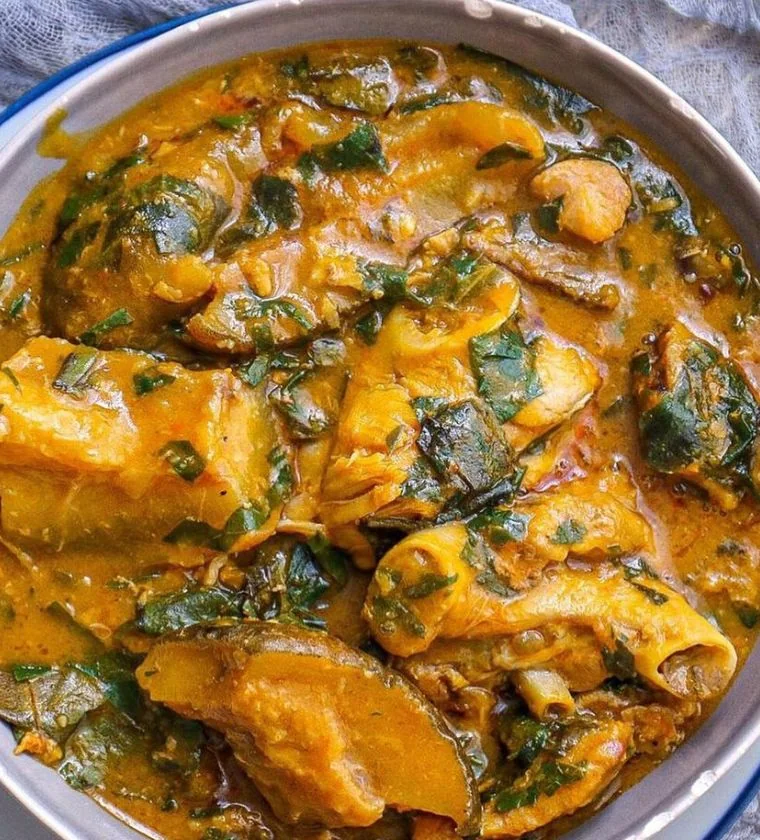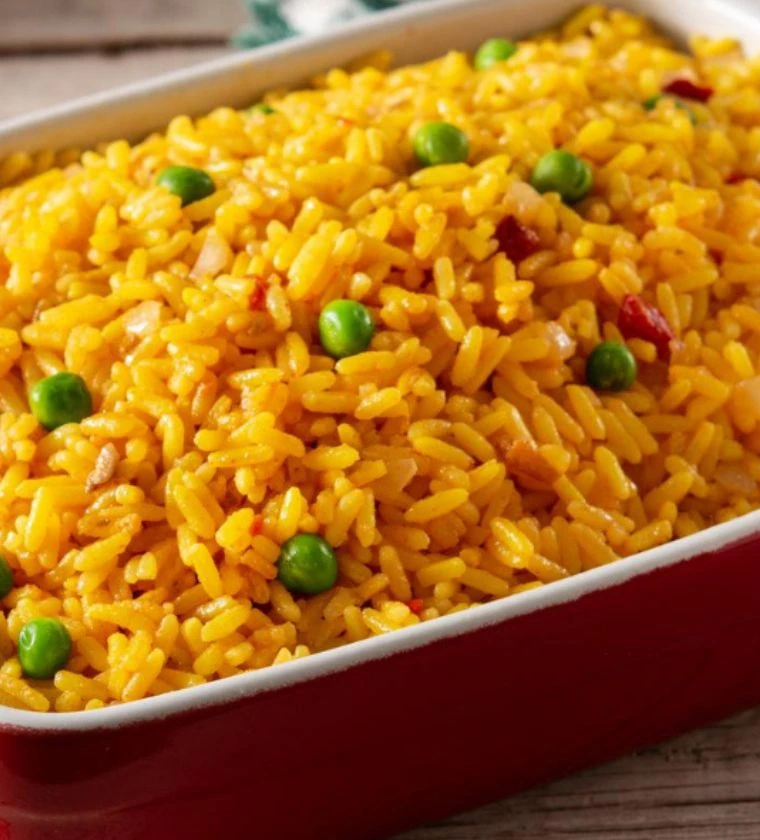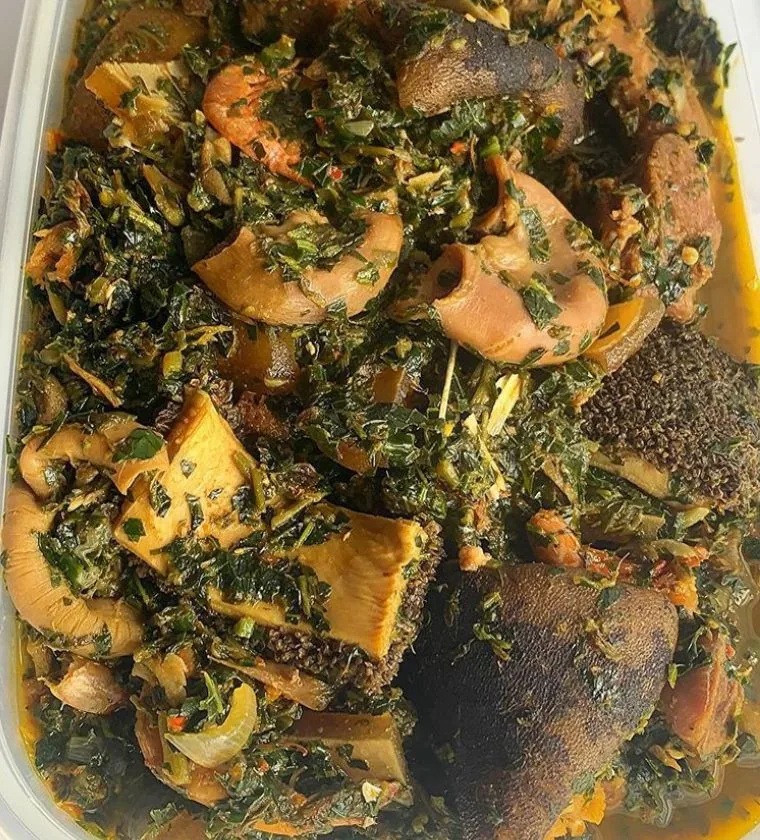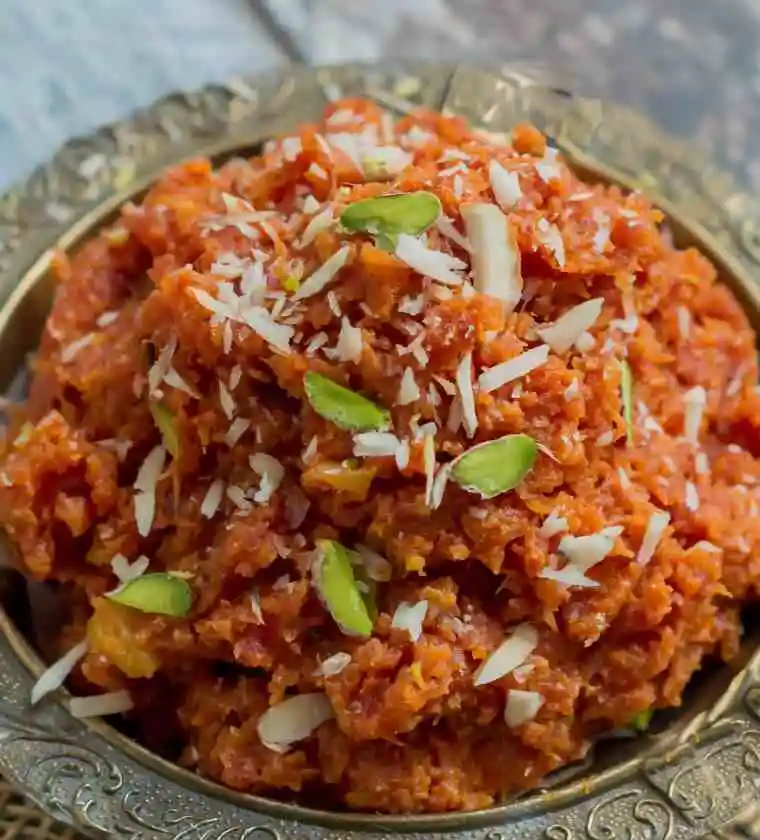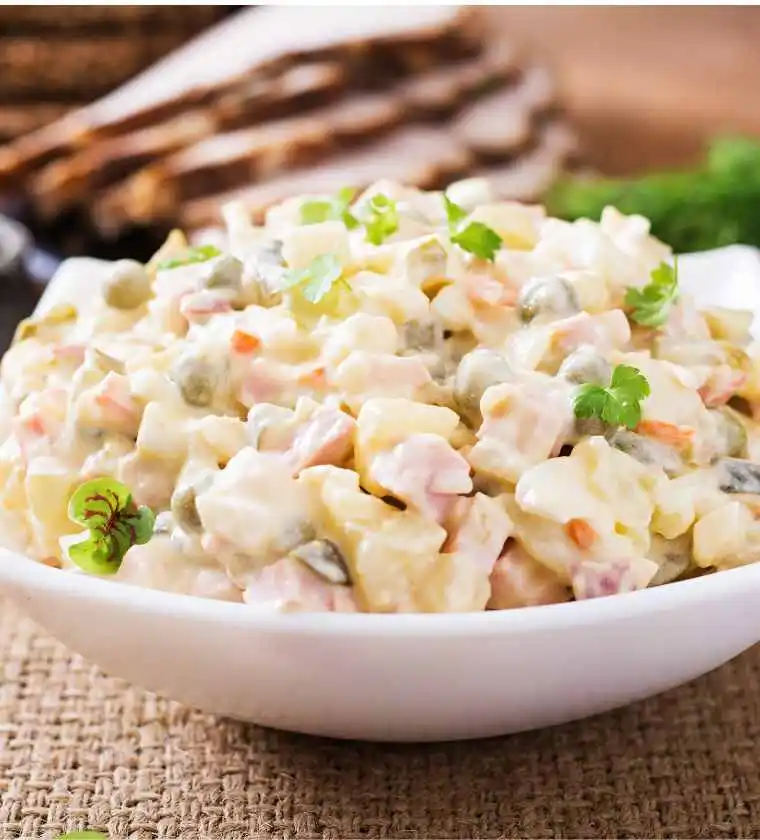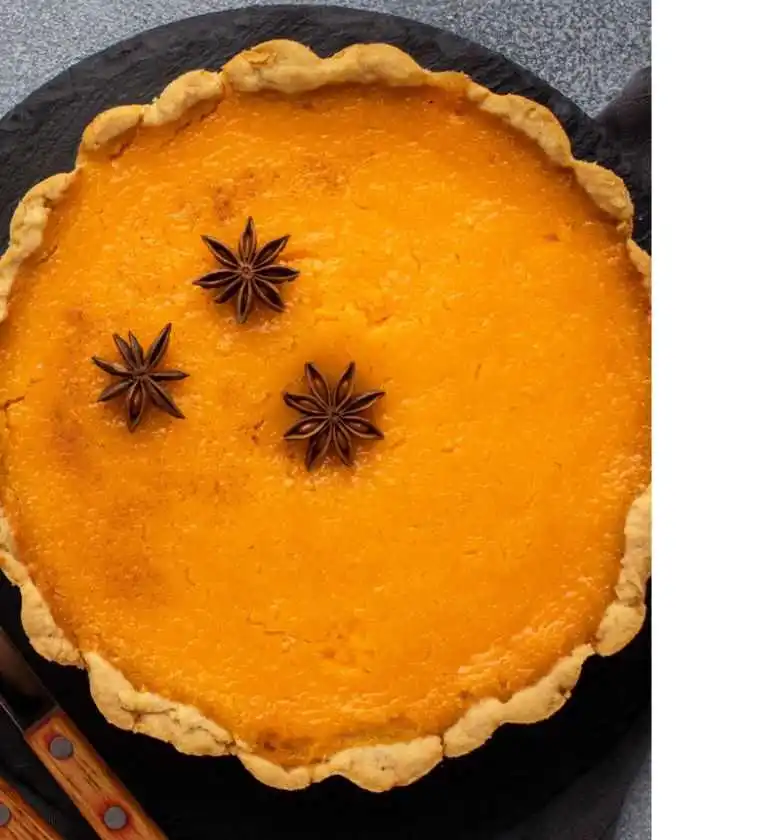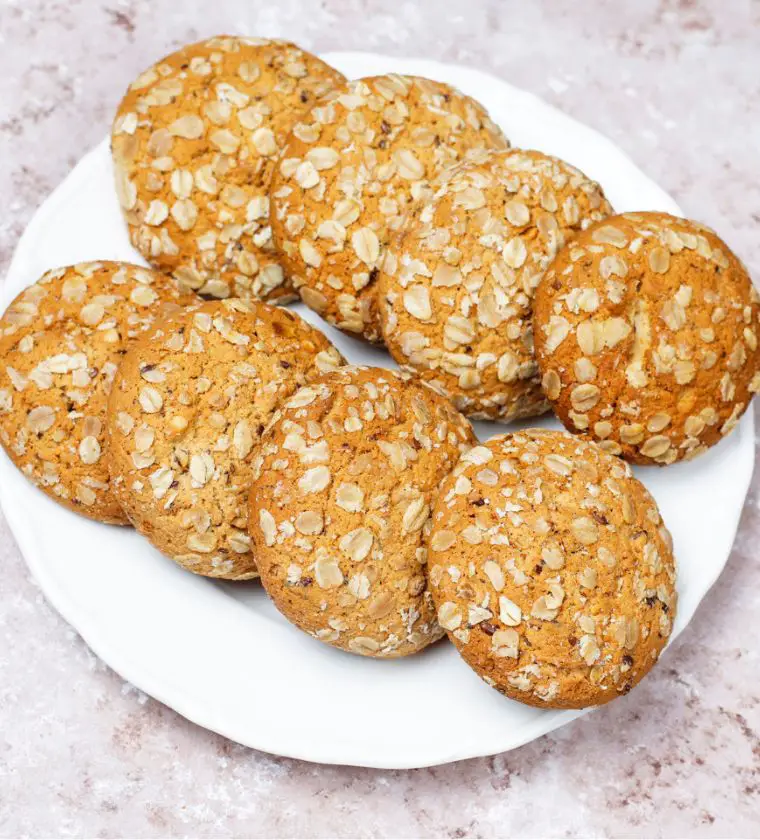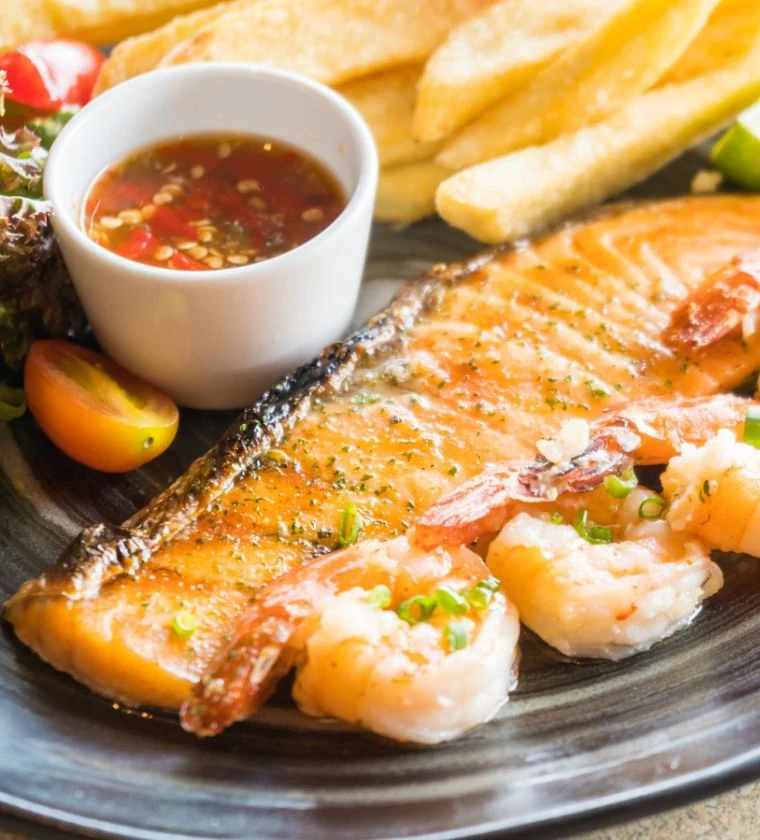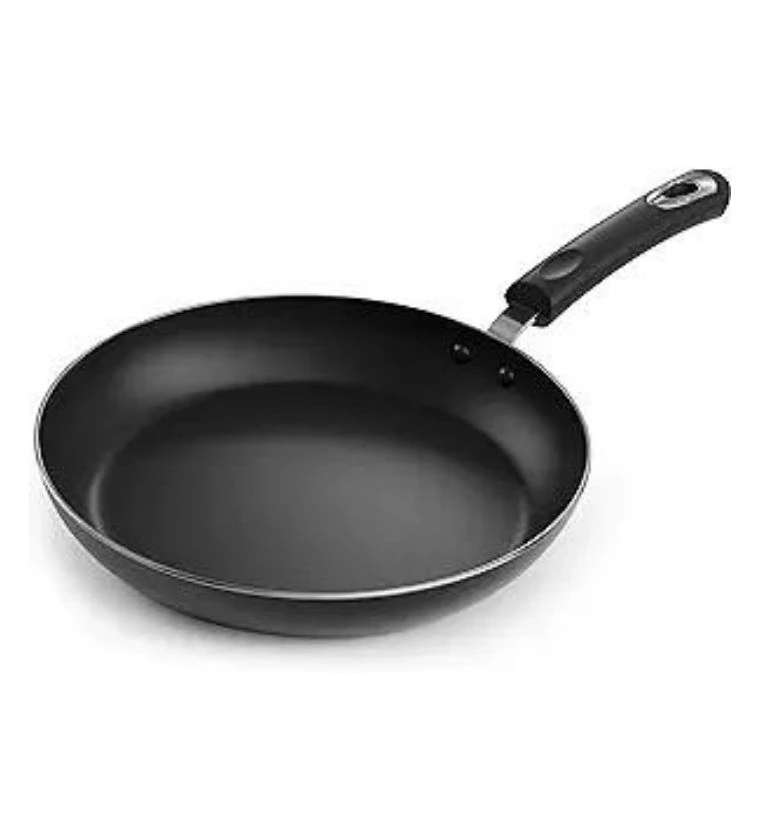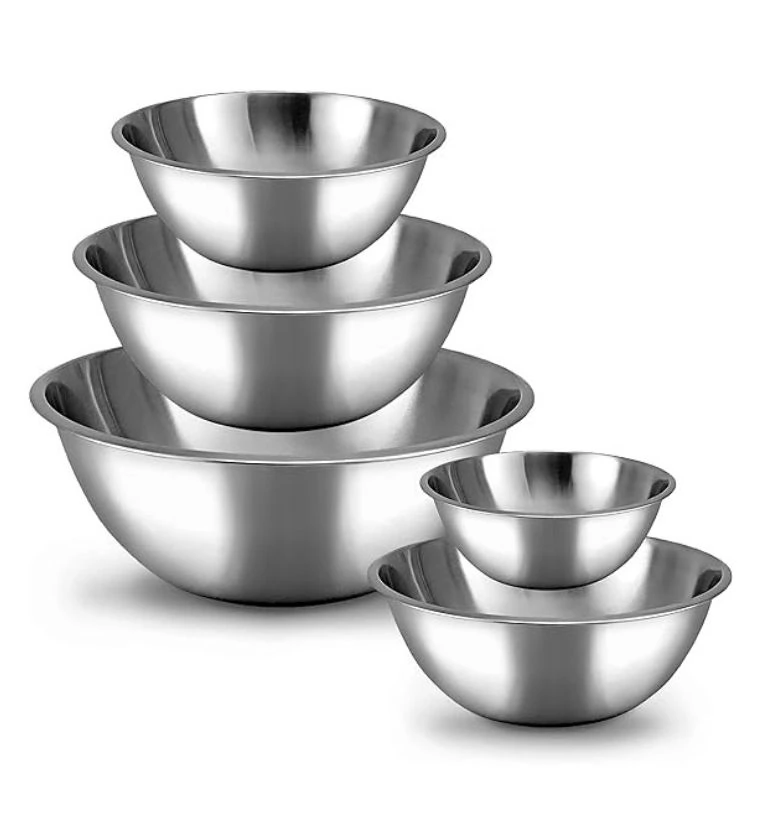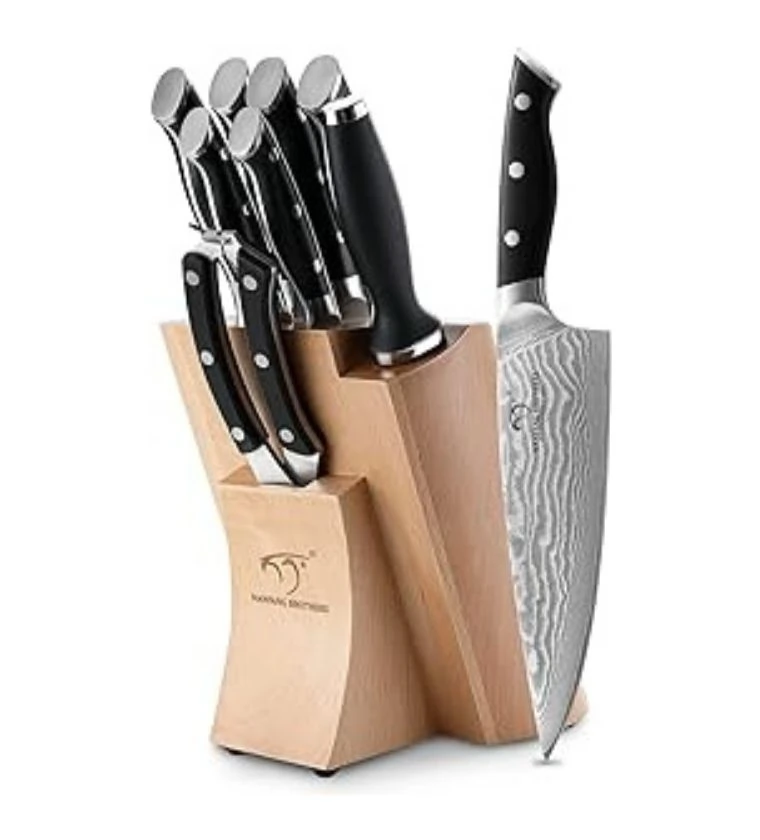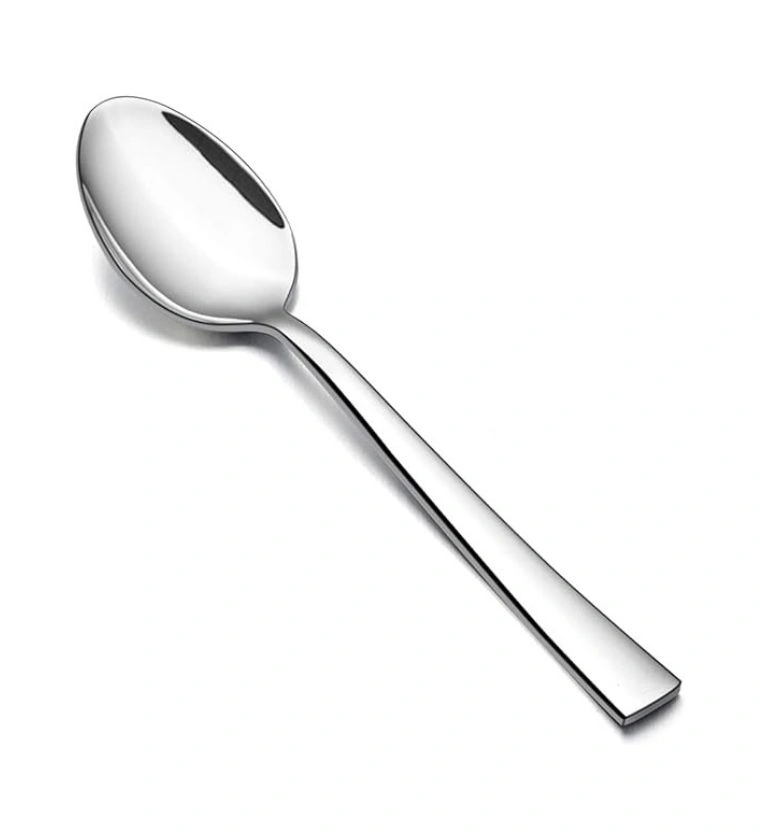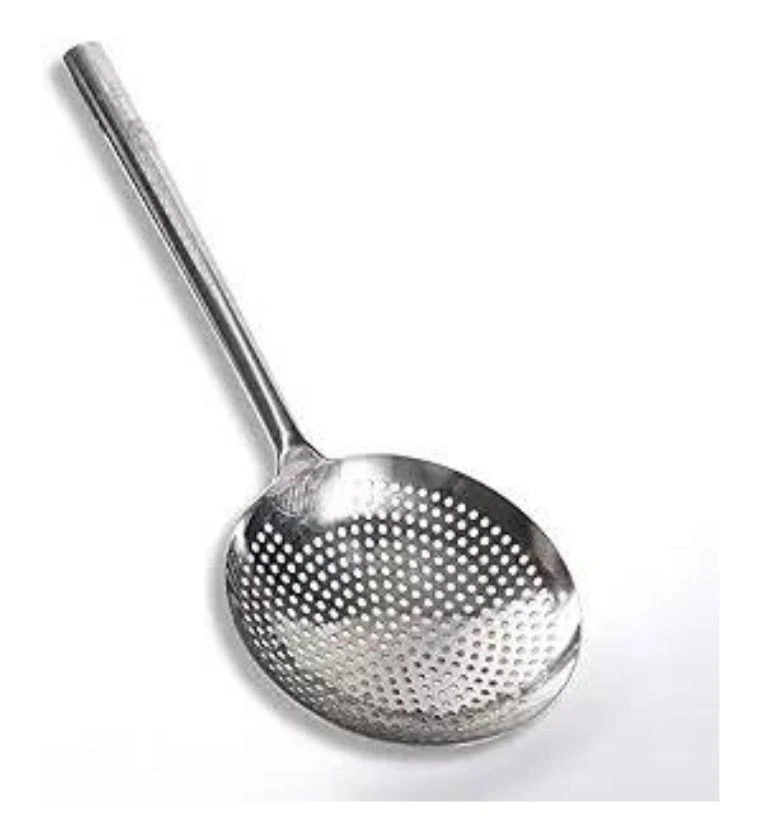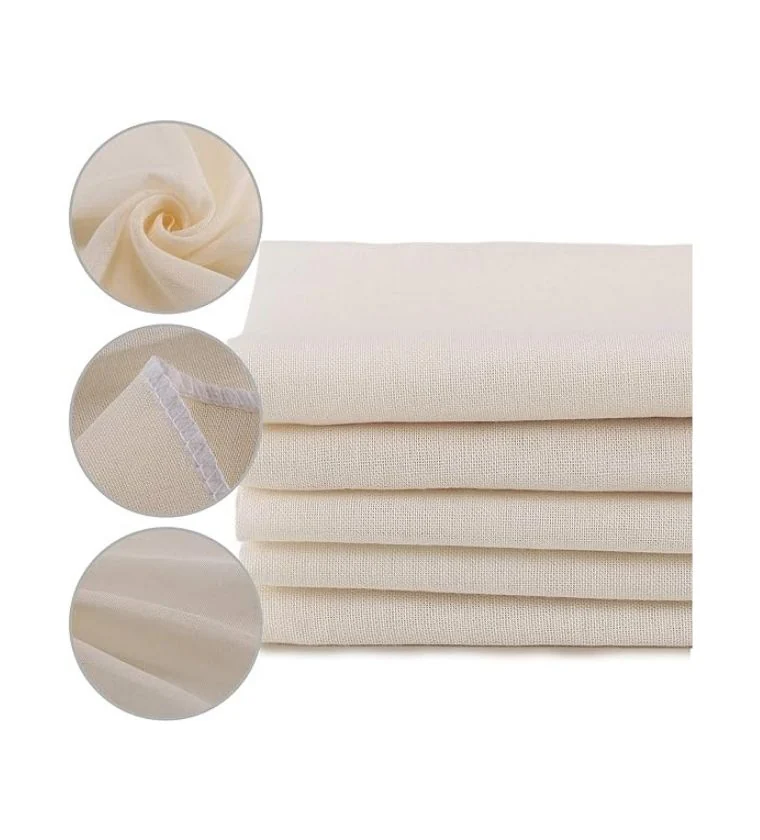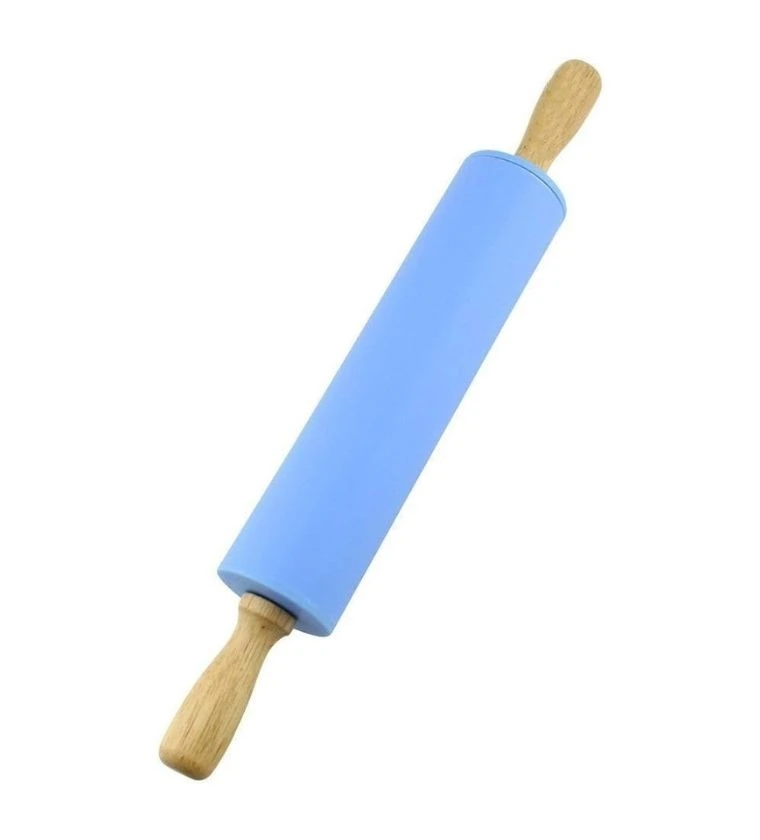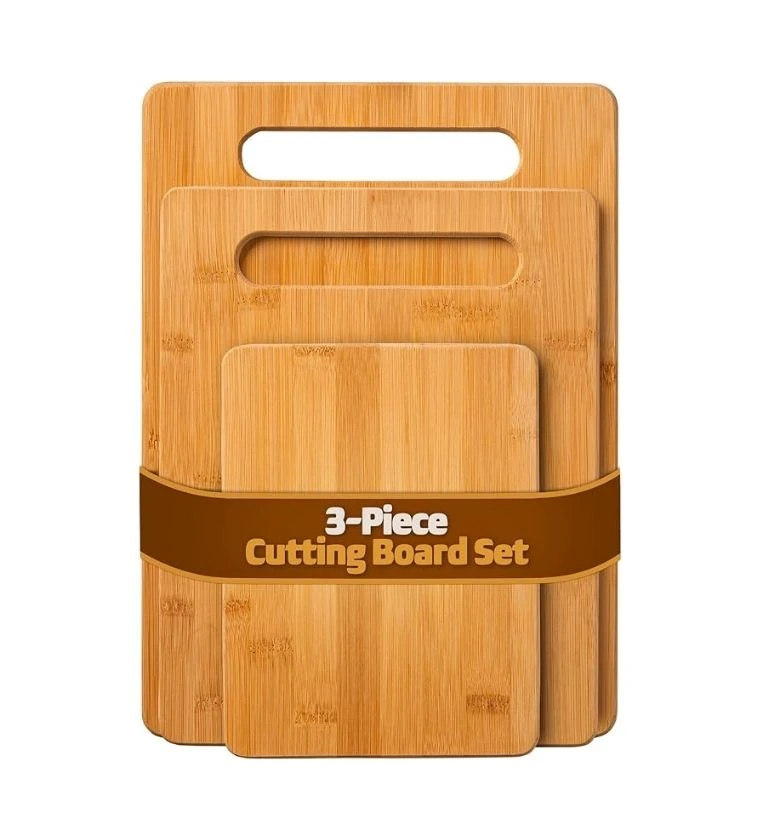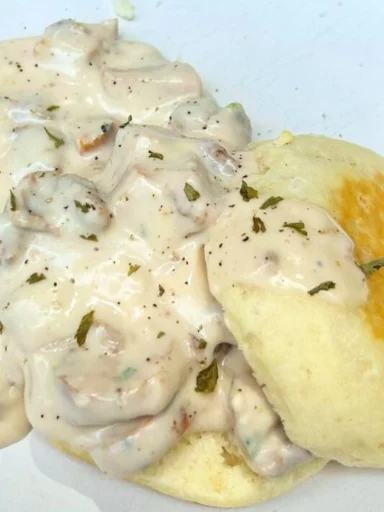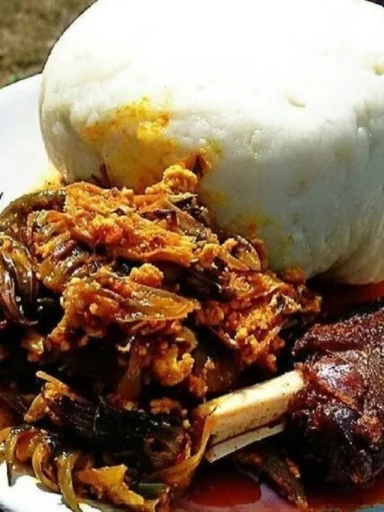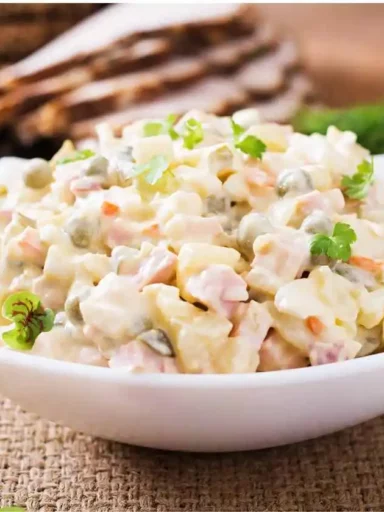How to Make Samosa at Home
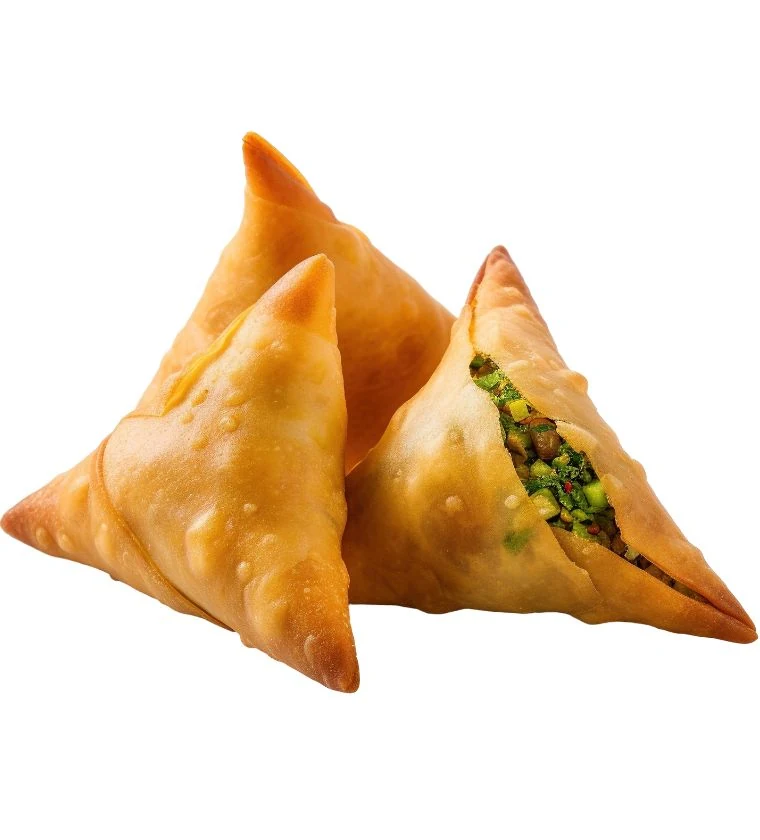
Step into the enchanting realm of Indian cuisine, where a diverse tapestry of flavors and aromas awaits to captivate food enthusiasts from all corners of the globe. Amidst this rich culinary heritage, one snack reigns supreme as a beloved favorite: the delectable samosa. Originally hailing from India, this golden triangular pastry has transcended borders, winning the hearts of countless people worldwide with its irresistible taste and enticing crunch.
Crafted with an exquisite blend of ingredients and a dash of creativity, the samosa has found its place beyond the boundaries of its birthplace, becoming a cherished treat in diverse cultures around the world.
Imagine sinking your teeth into a warm, golden samosa, its flaky exterior giving way to a burst of flavorful fillings. The stuffing options are as diverse as the global community that treasures this savory snack. From traditional vegetarian fillings brimming with spiced potatoes, peas, and aromatic herbs, to mouthwatering variations featuring succulent minced meat or delectable combinations of vegetables and cheese, there is a samosa to suit every palate.
Join us on a culinary journey as we unravel the secrets of crafting the perfect samosa, exploring the techniques, ingredients, and flavors that make this iconic Indian snack an absolute sensation. Whether you are a passionate home cook, a curious foodie, or simply an avid samosa lover, get ready to embark on a delightful adventure.
Let’s dive in and discover how to make samosas from scratch, step by step:
Equipment for Making Samosa
| Avail | Jumia | Amazon | Vevor | |
|---|---|---|---|---|
| Mixing bowl | Yes | Get It | Get It | |
| Non-stick pan | Yes | Get It | Get It | Get It |
| Knife | Yes | Get It | Get It | |
| Perforated spoon | Yes | Get It | Get It | |
| Measuring cup | Yes | Get It | Get It | |
| Muslin cloth | Yes | Get It | Get It | |
| Rolling pin | Yes | Get It | Get It | |
| Chopping board | Yes | Get It | Get It |
Ingredients for Making Samosa
2 cups of all-purpose flour
1 teaspoon cumin seeds
1 teaspoon raisins
1 teaspoon green chili
1 teaspoon cashews
1 teaspoon cumin powder
1 teaspoon coriander leaves
1 teaspoon fenugreek leaves
2 cups refined oil
½ teaspoon coriander seeds
5 boiled potatoes
½ teaspoon garam masala powder
Salt
2 tablespoons ghee
¼ cup water
1 handful of raw peanuts
Procedure for Making Samosa
STEP 1: Begin by preparing the filling for the samosas. Boil the potatoes and mash them. Heat a pan over medium heat, add a bit of oil, and let it heat up. Once the oil is hot, add the cumin seeds, and let them crackle.
STEP 2: Add the coriander seeds, green chili, and ginger to the pan. Sauté for about 60 seconds, then add the raisins, chopped cashews, mashed potatoes, garam masala powder, red chili powder, cumin powder, coriander powder and leaves, fenugreek leaves, and salt. Stir the mixture for about 2 minutes.
It will interest you to know there are different types of fillings for samosas, and they all have their own distinct, exciting taste. Make your choice.
STEP 3: In a mixing bowl, combine the all-purpose flour, salt, and carom seeds. Mix well, then add ghee. Knead the dough by adding a little water bit by bit. The dough should be firm to ensure crispy samosas.
STEP 4: Dampen a muslin cloth and use it to cover the dough, letting it rest for 30 minutes.
STEP 5: Divide the dough into small balls. Take one dough ball and place it on a chopping board. Gently press it with your fingers to flatten it slightly. Use a rolling pin to roll it out into a round, circular shape. Cut the rolled dough in half using a knife. Dip your hands in water before folding the edges of the semicircle-shaped dough into a cone shape.
STEP 6: It’s time to fill the samosas. Stuff the cones with the prepared filling and seal the ends by lightly pressing the edges with your fingers.
STEP 7: Heat oil in a pan. Once the oil is hot, carefully deep-fry the samosas over low heat until they turn golden brown and crispy.
TIPS:
- Avoid using any flour while rolling the dough balls to keep them thin.
- For crispy samosas, knead the dough to be firm rather than soft.
- Fry the samosas over low heat for even cooking.
How to Serve Samosa
Samosas are best enjoyed as snacks. They can be served with tea or accompanied by various dips, such as ketchup.
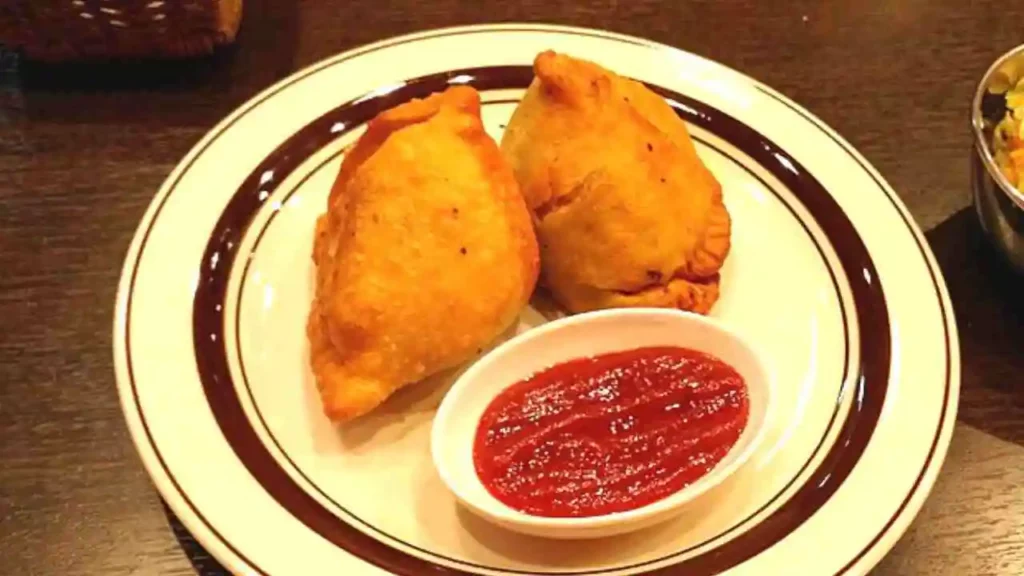
Occasions to Serve Samosa Best
Samosas are suitable for both special occasions and casual days, making them a versatile treat for any event.
How to Store Samosas
To store samosas, place them in an airtight container and refrigerate them for up to 12 days. Alternatively, they can be frozen for about 6 months, ensuring you can enjoy their deliciousness whenever you desire.
Health Benefits of Eating Samosa
Samosas offers more than just a delightful taste; they also come with health benefits. They are a good source of fiber, thanks to ingredients like potatoes used in the filling.
For a visual guide on how to make samosas, you can refer to the video below:
In conclusion, samosas are a fun and savory snack to make and keep at home. Their versatility and deliciousness make them a favorite for many.
We hope you find this guide helpful and that it encourages you to explore more of the captivating Indian cuisine.
Feel free to check out our guide on how to make Tandoori Chicken as well.
For more Indian culinary delights, Northpad Nigeria welcomes you with open arms.
FAQs
What are samosas made of?
A traditional samosa is made with a mixture of all-purpose flour (or maida flour), vegetable oil or butter, salt, and water. The dough is often flavored with carom seeds.
What is samosa called in Africa?
Samosas are commonly referred to as “samoosa” in Africa, and they are popular in countries such as the United Kingdom, Australia, New Zealand, Trinidad and Tobago, Guyana, Uganda, South Africa, Rwanda, Kenya, and Tanzania. In South Africa, they are often called samoosa.
What is the English name of samosa?
In English, samosa is sometimes called “rissole” or “savoury stuffed pastry.”
What was the original name of samosa?
The original name of samosa is believed to be “sanbosag,” which originated in Persian. It was first mentioned in literature by the Persian historian Abul-Fazl Beyhaqi in the 11th Century.
Which flour is used for samosa?
Samosas are typically made using all-purpose flour or maida flour in traditional recipes.




